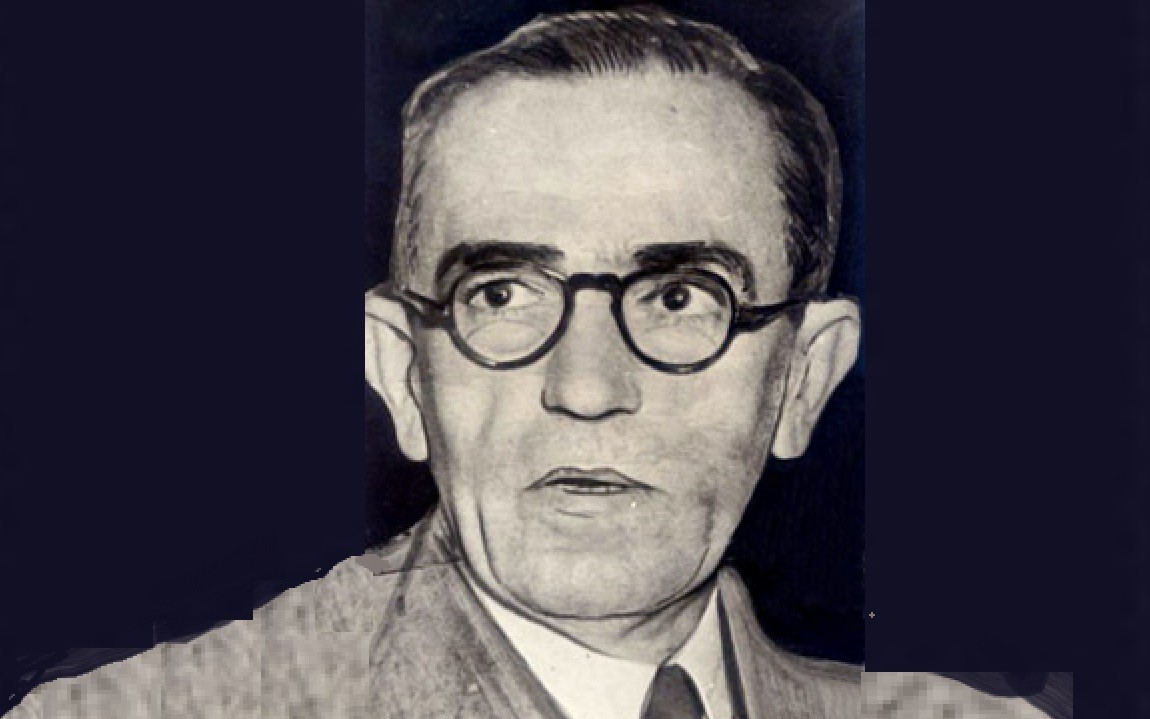Este post também está disponível em:
Português
English

Graciliano Ramos marked Brazilian literature with works that portray the life of the northeastern man in the sertão.
The writer was part of the 2nd phase of modernism, which had regionalism as its main characteristic. Raquel de Queiroz, Jorge Amado and José Lins do Rego were some authors who shared the phase with Ramos.
In important works, such as “Vidas Secas” and “São Bernardo”, it is possible to perceive the realism used by the author to describe the difficulties of life in the sertão. Having lived most of his life in the interior of Alagoas, Graciliano knew this reality very well.
Ramos was imprisoned during the Vargas dictatorship for his links with communism. The period in prison was portrayed in “Memórias do Cárcere”, which brings an important episode of history: the delivery of Olga Benário to the Germans.
The book was released without the last chapter, since the author died before finishing the work.

Biography of Graciliano Ramos
Literary Movement
The northeastern author is part of the 1930s generation or modernism of the second phase, a period in which nationalist and regionalist themes are strengthened. At the time, 1930 to 1945, Northeastern writers, in particular, portray the reality of the sertão and the exploitation of man. Some authors of the regionalist phase are: Raquel de Queiroz, José Lins do Rego, Jorge Amado and Érico Veríssimo.
Style
The author Graciliano Ramos does not make great linguistic innovations, his focus is on the narrative. As the important thing is the portrait of the situation of the northeastern man, the flourishes in the language are avoided. The writing style is clear and concise. In certain passages, it is reminiscent of the rougher way of speaking in the interior that Ramos portrays. The writer seeks to tell how the Northeastern people live and the difficulties in the sertão. It is possible to identify in the works pessimism and social criticism.
Biography
The author Graciliano Ramos de Oliveira was born in the state of Alagoas, in the municipality of Quebrangulo. His parents, Sebastião Ramos de Oliveira and Maria Amélia Ferro Ramos, had 15 other children. Graciliano lived his early years in lands punished by drought, a theme that was much portrayed in his literature. His father was a strict man and beat his children, so the writer believes that many relationships are based on violence.
At the age of 12, in 1904, the young man started the newspaper “Dilúculo”, a publication aimed at children. Later, he was an editor at the “Echo Viçosense”, where he met and came to admire Mário Venâncio. At that time, he lived in Viçosa, Alagoas. The following year, he went to study in the state capital, Maceió.
His first sonnets were published in the magazine “O Malho”, in Rio de Janeiro. But Graciliano signed as Feliciano de Olivença. Later, in the “Jornal de Alagoas”, he used other pseudonyms to publish his texts, such as Soeiro Lobato, Lambda and Soares de Almeida Cunha. In 1911, he started working at the “Correio de Maceió”.
In Rio de Janeiro, in 1914, he worked for the publications “Correio da Manhã”, “O Século”, “A Tarde” and “Paraíba do Sul”. He stayed only one year in the city and moved to Palmeira dos Índios, Alagoas. There he marries Maria Augusta Ramos, who gives him four children. His wife died shortly afterwards, in 1920.
Graciliano Ramos became mayor of the city, but resigned two years later and went to live in Maceió, taking up the post of director of the Official Press. It is in the capital that he marries again, the chosen one is Heloisa Medeiros.
But small-town life still appeals to Graciliano. He returns to Palmeira dos Índios and begins writing one of literature’s greatest classics: São Bernardo. The first book he released, however, was Caetés in 1933. The work that also marked his career, “Vidas Secas”, was released only in 1938. The book even became a movie years later.
During the dictatorship of Getúlio Vargas, Graciliano was accused of participating in the Communist Intent of 1935 and ended up being sent to Rio de Janeiro, where he was imprisoned. The work “Augústia” dates from this period. On leaving prison, he found work in newspapers as a copy editor. He joined the Communist Party, led by Luís Carlos Prestes, in 1945.
The author died of lung cancer in 1953. One of his great contributions to literature is published after his death and without the conclusion, “Memórias do cárcere” was left without the last chapter.



















